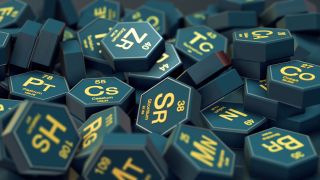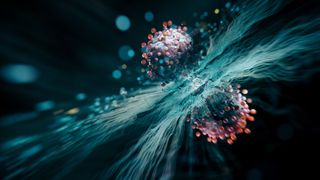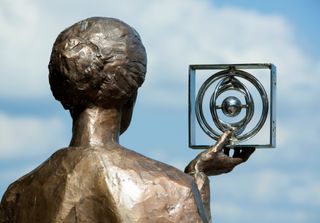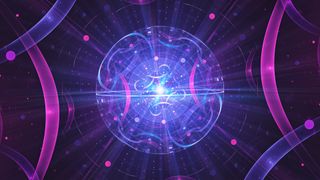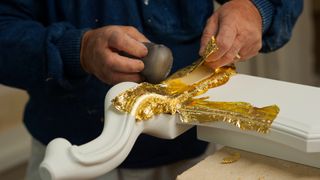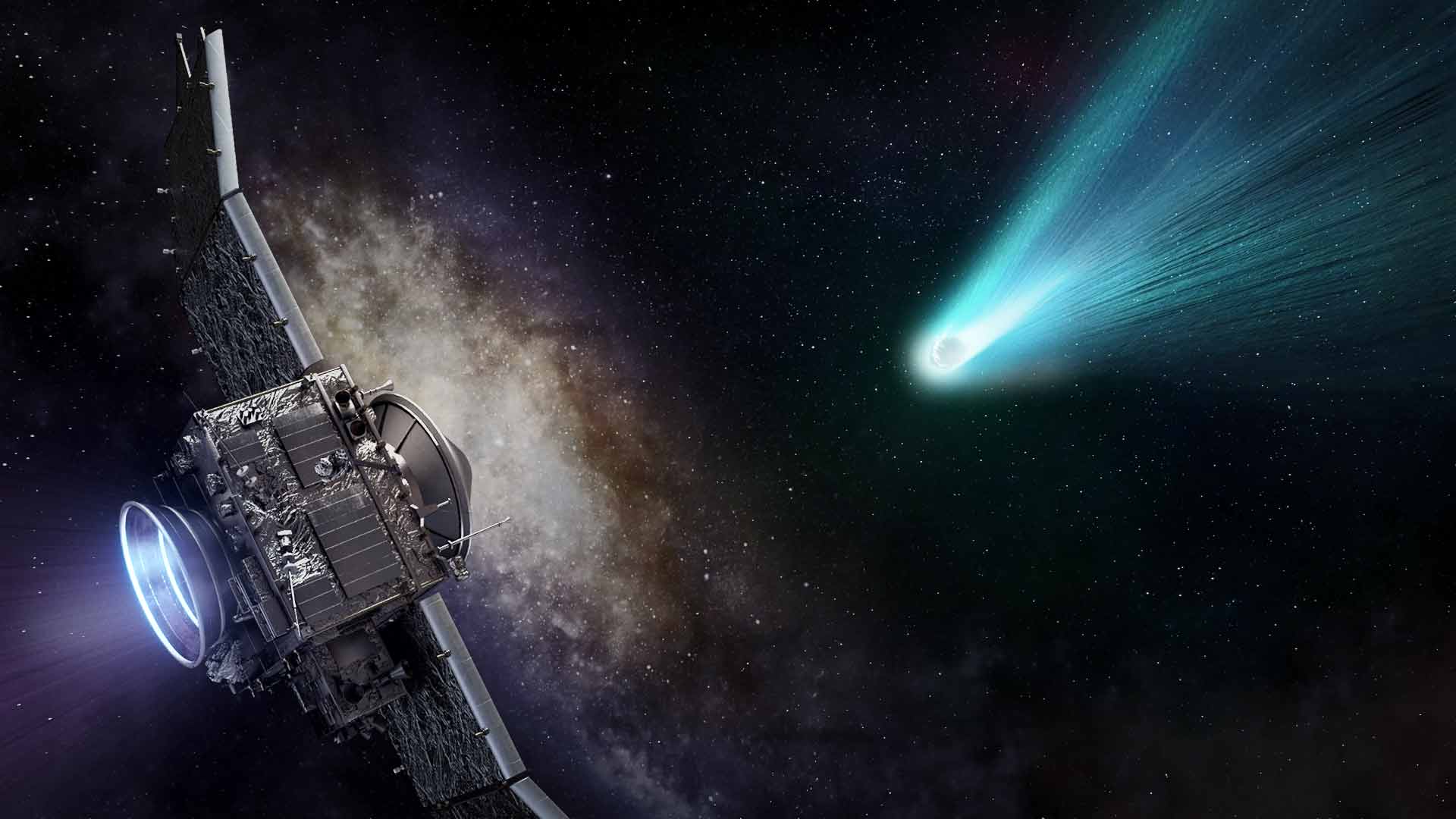Chemistry news, features and articles
Explore Chemistry
Editor's Picks
Latest about Chemistry
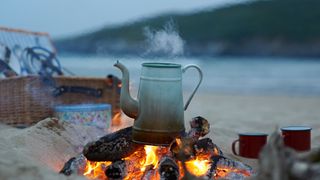
What's the highest temperature water can freeze, and the lowest it can boil on Earth?
By Cameron Duke published
Ice can form on Earth at temperatures above 32 degrees Fahrenheit (0 degrees Celsius), and water can boil below 212 F (100 C). Here's how.
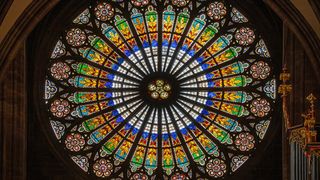
Is glass a liquid or a solid?
By Victoria Atkinson published
Glass has unique properties, but is it a solid or a liquid, or does it fall into its own scientific category?
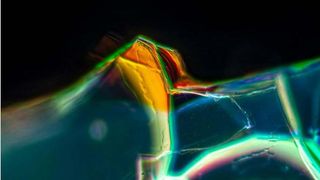
Roman glass keeps turning into photonic crystals. Scientists finally know why
By Ben Turner published
Analysis of the microscopic structure of an ancient shard of Roman glass has revealed how photonic crystals form, and might enable them to be grown.
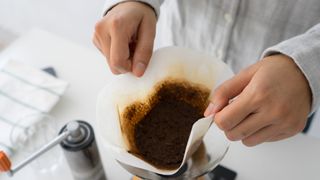
Used coffee grounds make concrete 30% stronger
By Victoria Atkinson published
Used coffee grounds that are heat treated increase the compression strength of concrete.
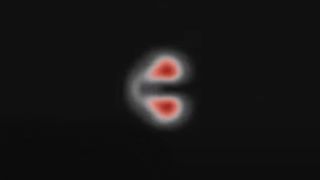
Scientists manipulate quantum mechanics to slow down a chemical reaction by 100 billion times
By Stephanie Pappas published
Using a quantum device, researchers have observed, for the first time, a molecular process called conical intersection that is important in reactions such as photosynthesis.
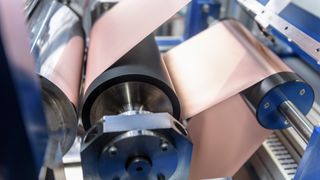
How do electric batteries work, and what affects their properties?
By Victoria Atkinson published
Electric vehicles use lithium ion batteries with small amounts of nickel, manganese and cobalt. How do they work and what chemistry affects their properties?
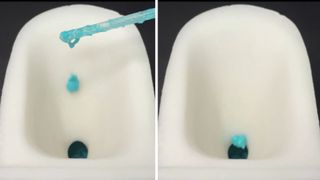
A new, ridiculously slippery toilet bowl could keep poop from sticking, scientists report
By Victoria Atkinson published
Scientists have made a tiny model of a new, incredibly slippery toilet that poop shouldn't stick to.
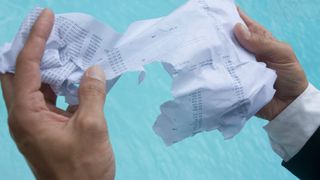
Why does paper tear more easily when it's wet?
By Victoria Atkinson published
Paper gets flimsy when wet due to its chemical structure, primarily its hydrogen bonds.
Get the world’s most fascinating discoveries delivered straight to your inbox.


